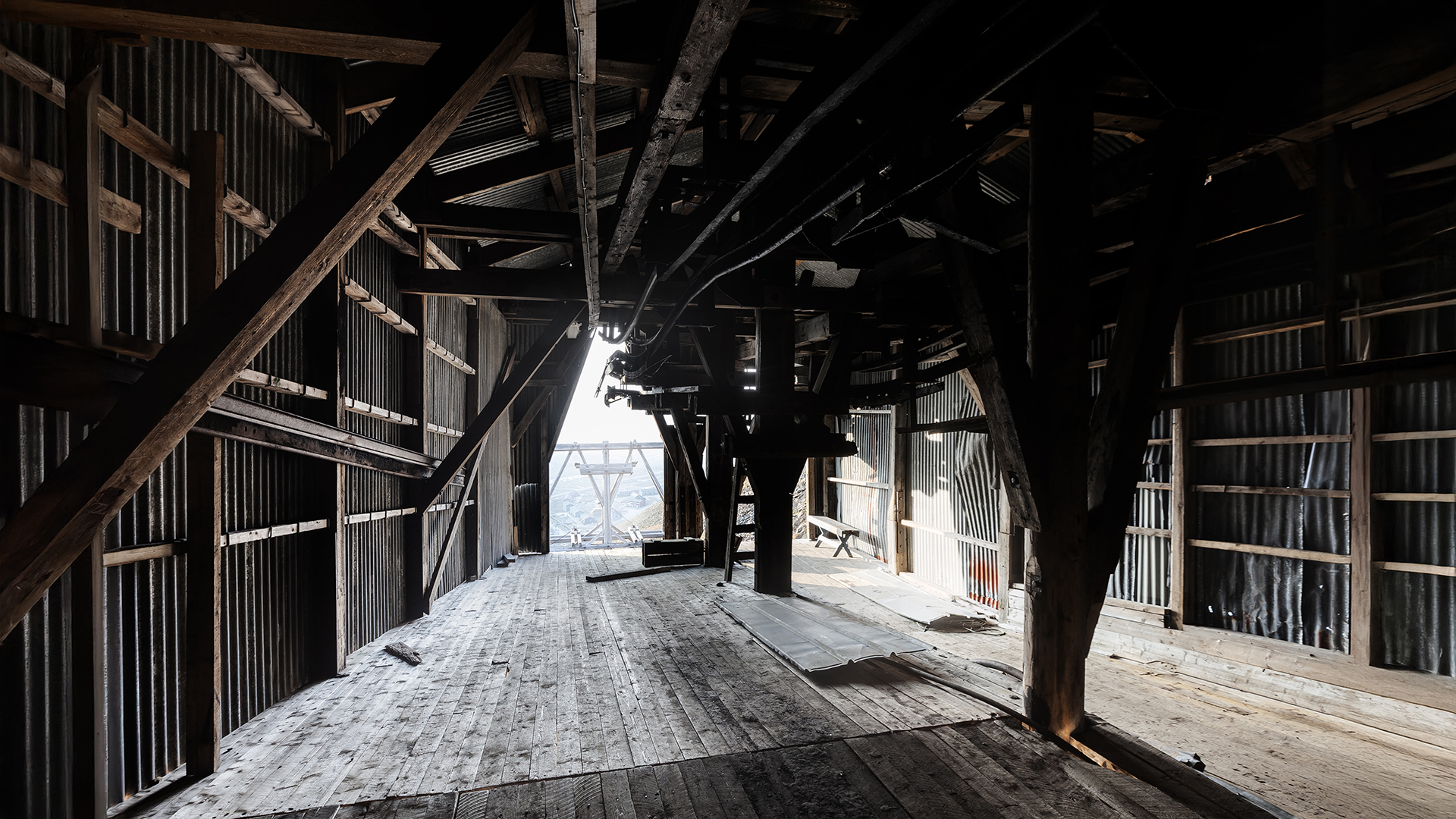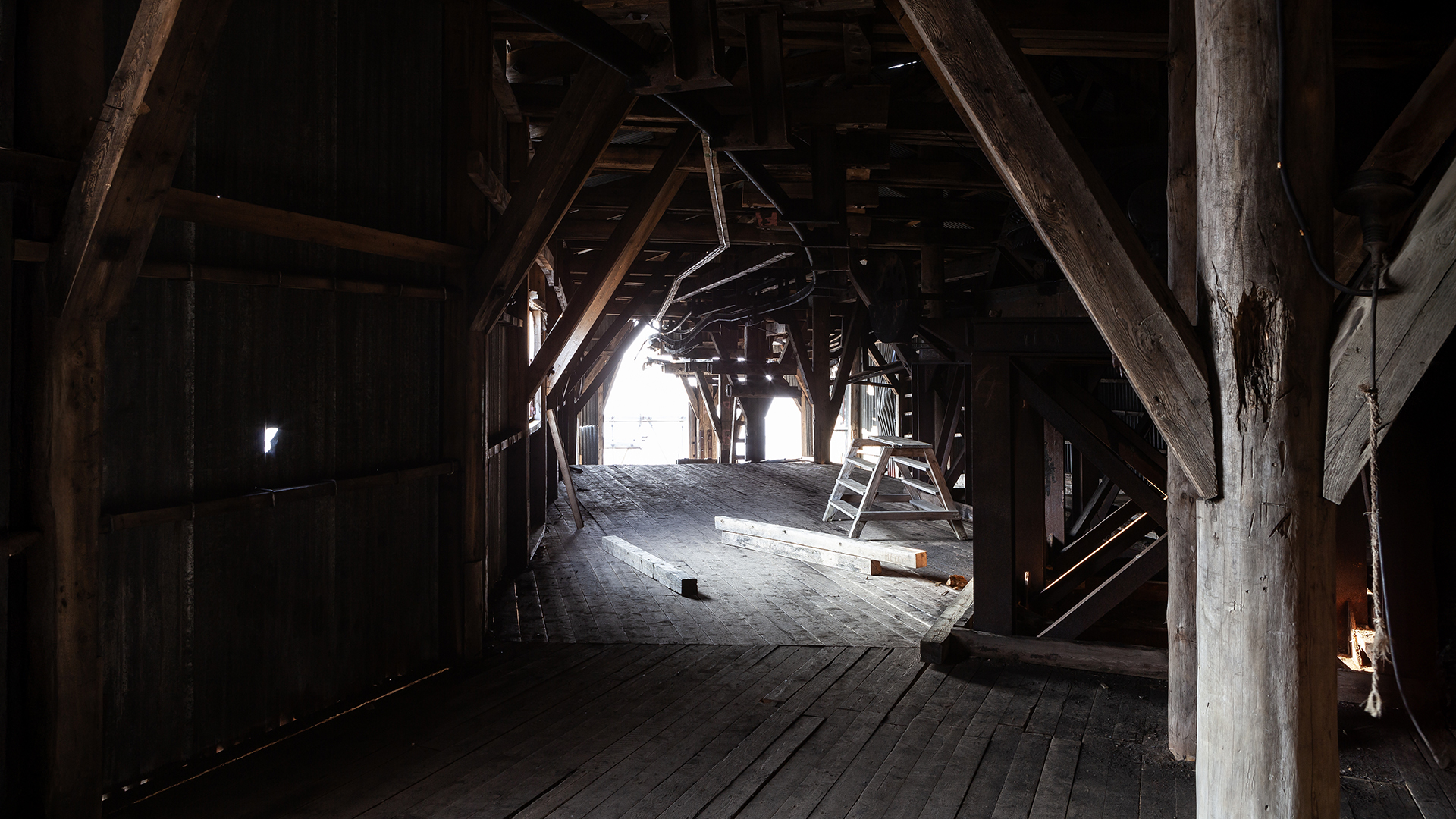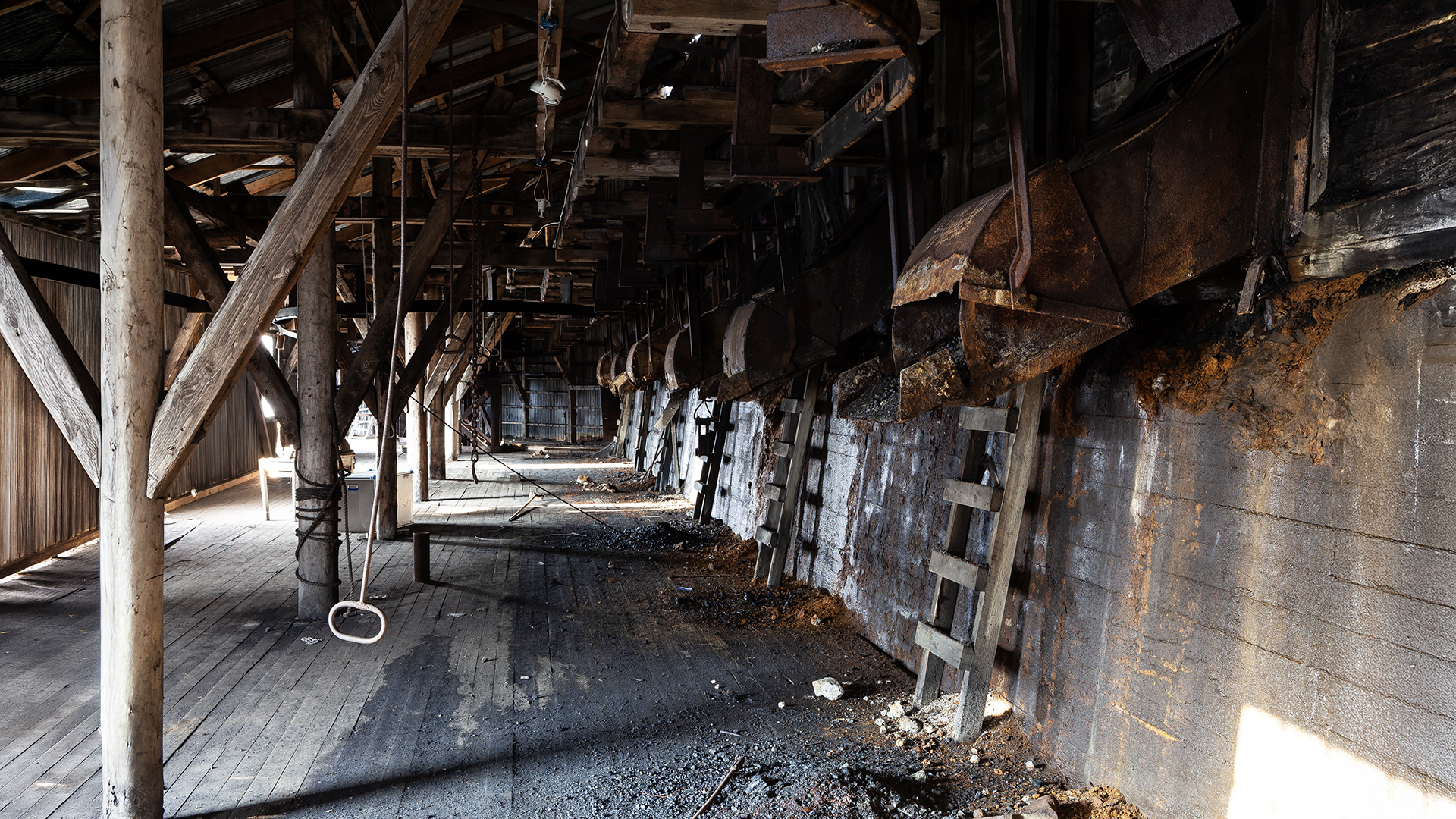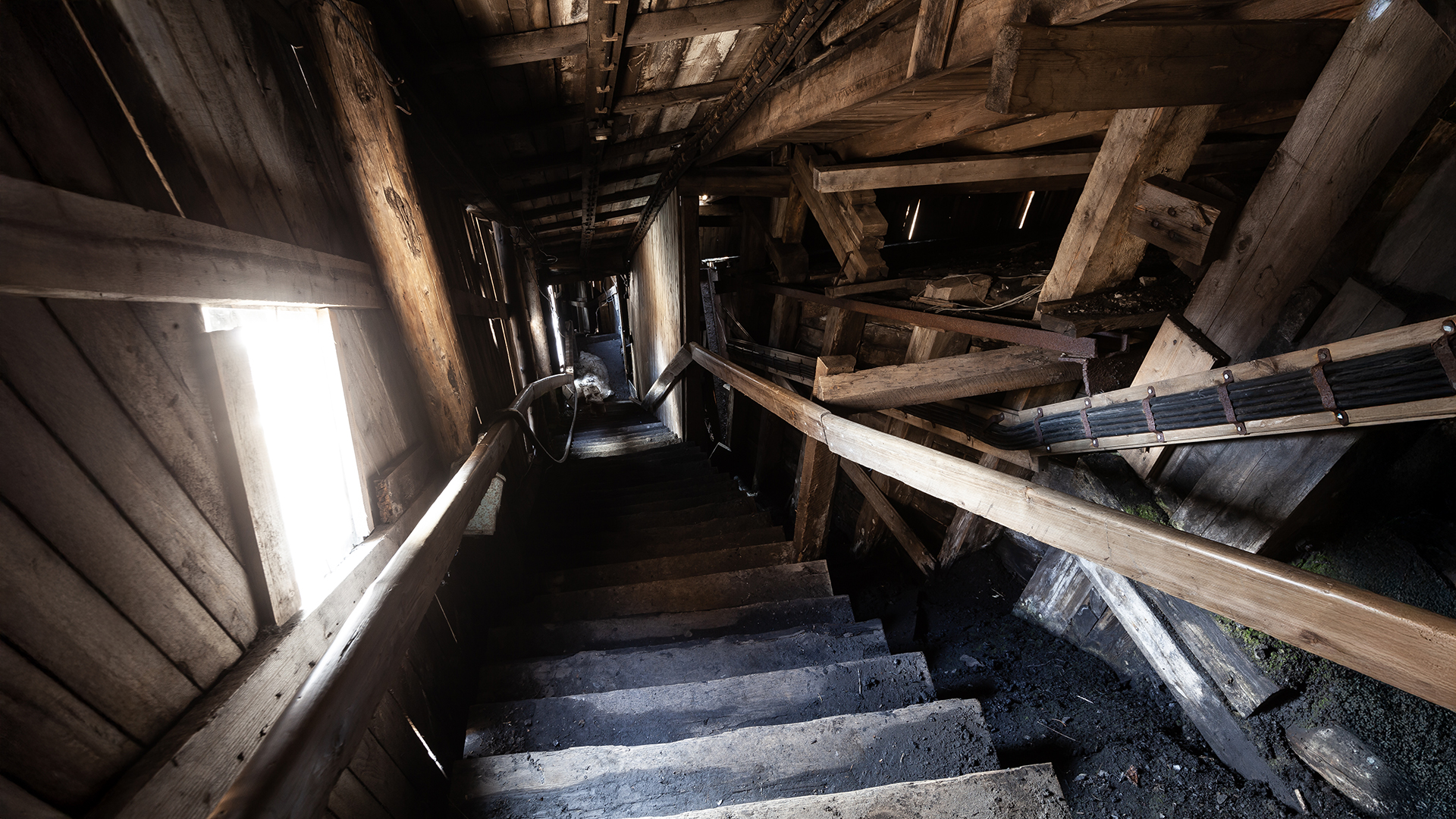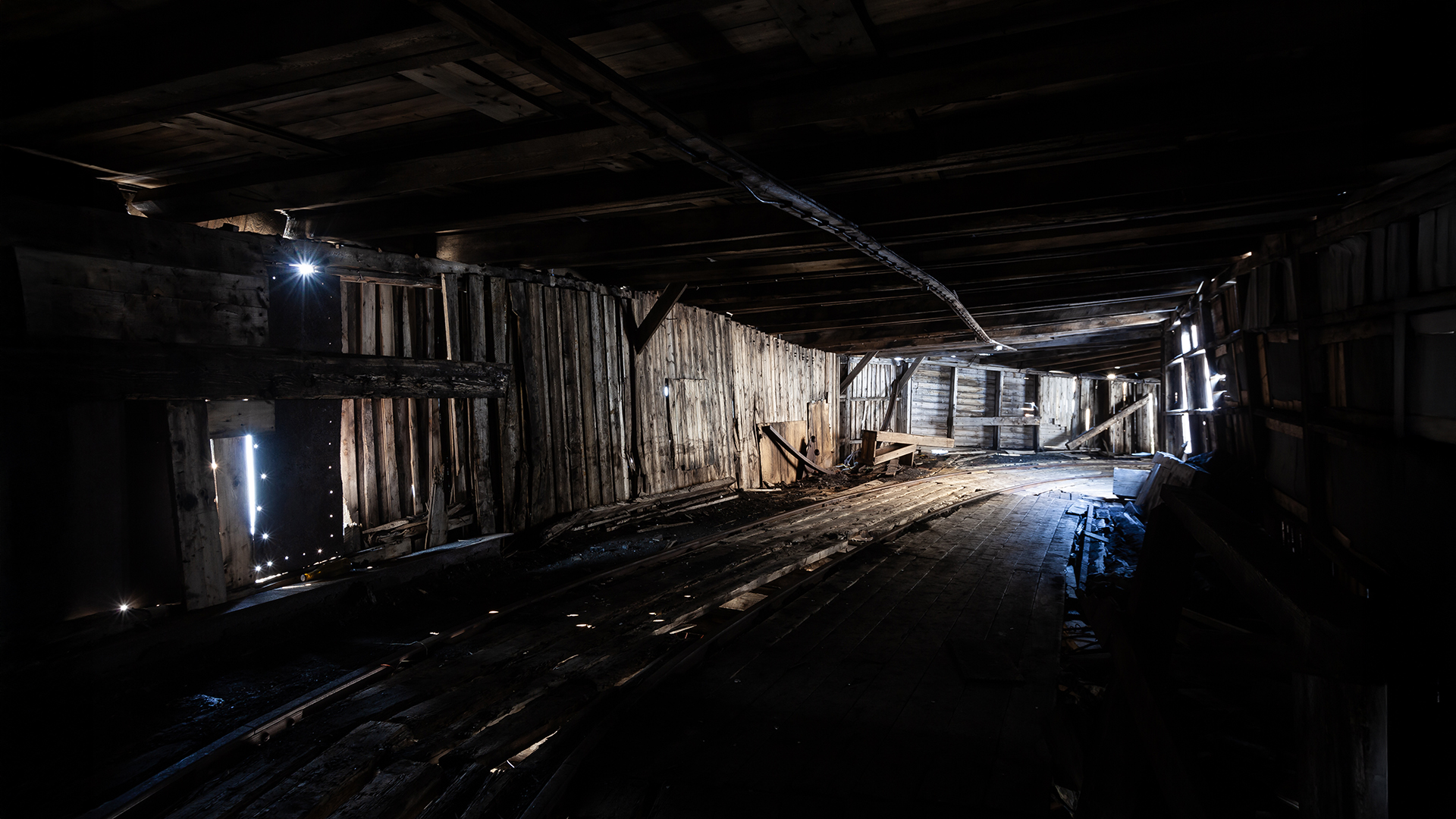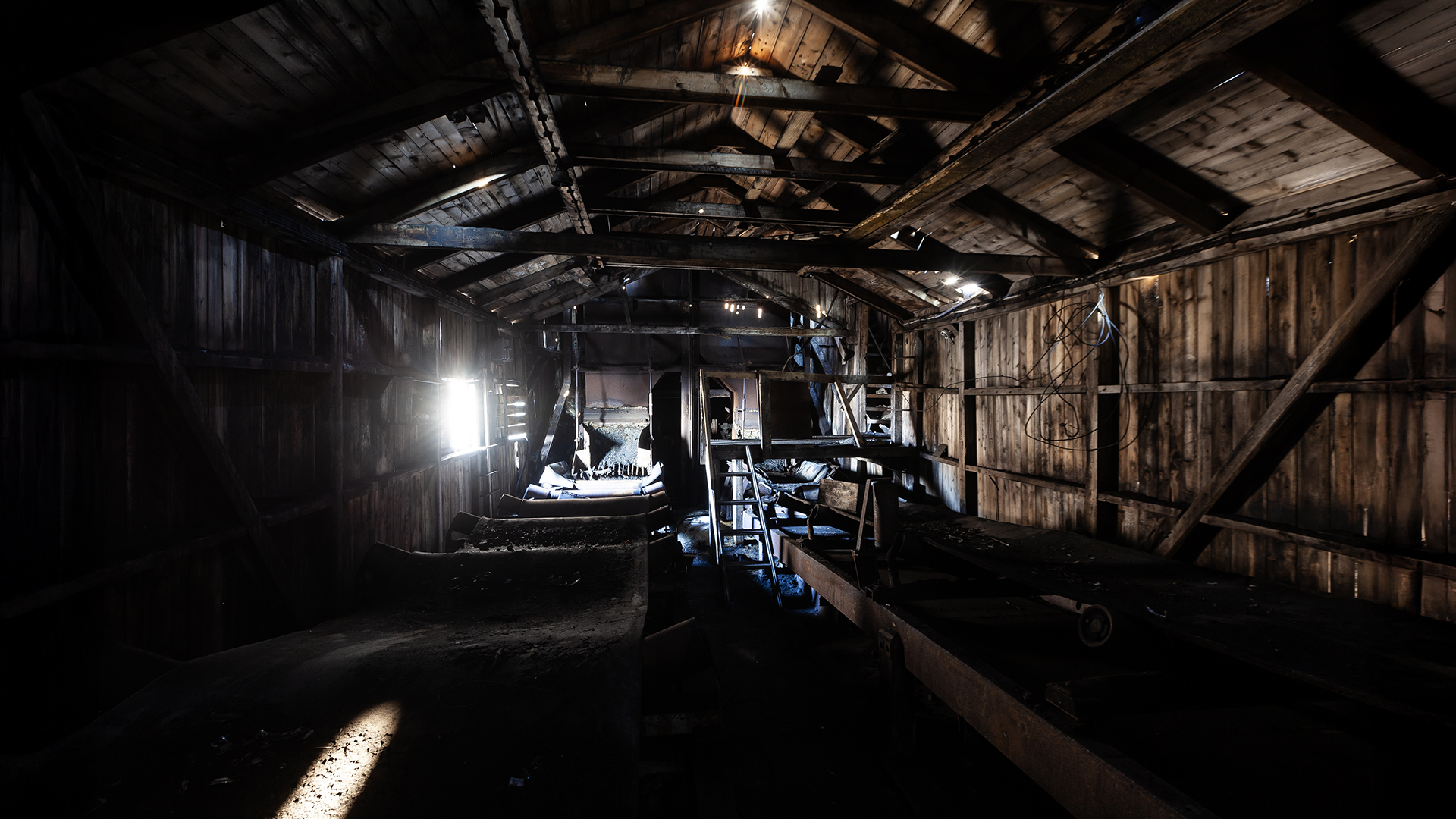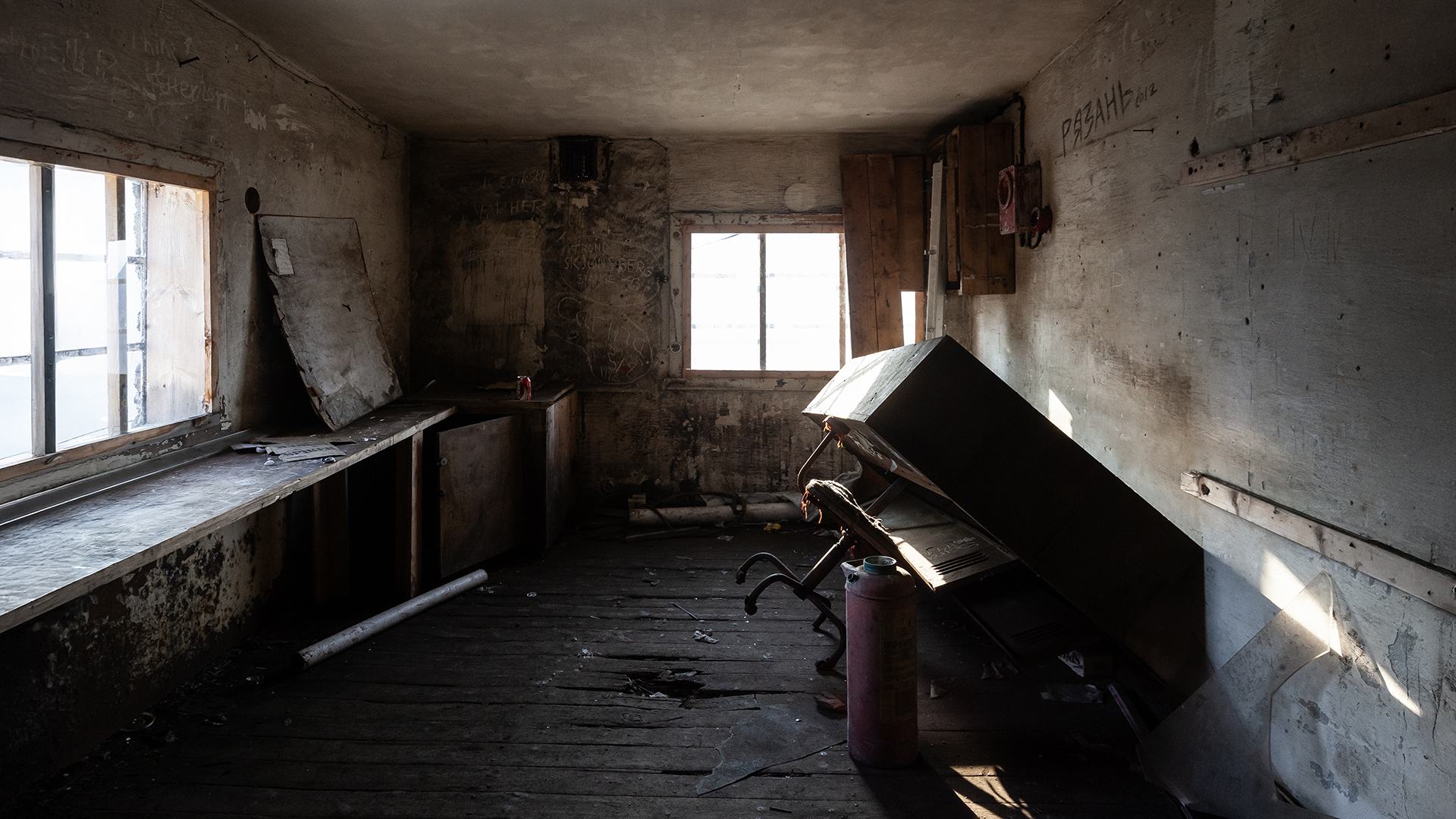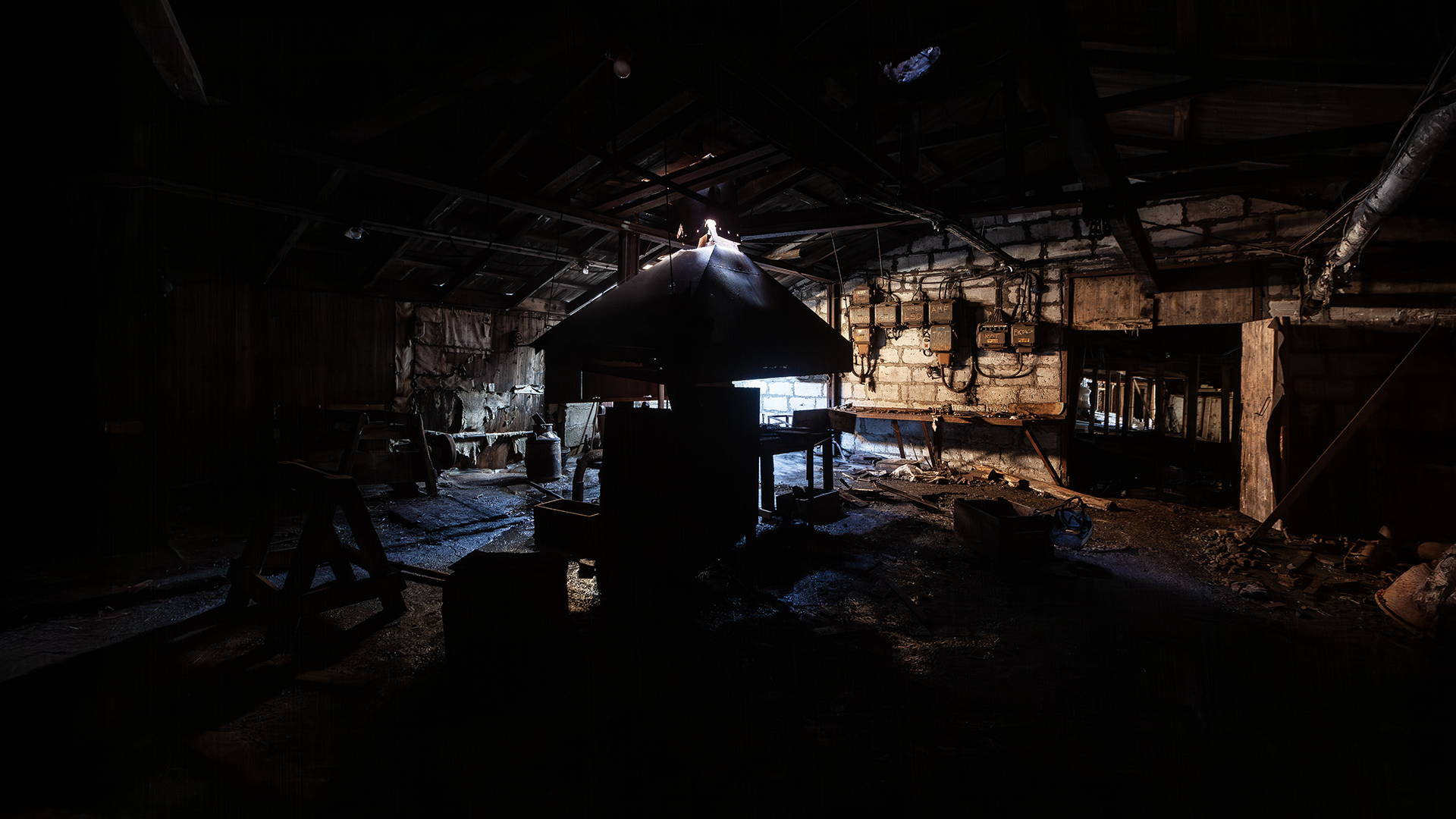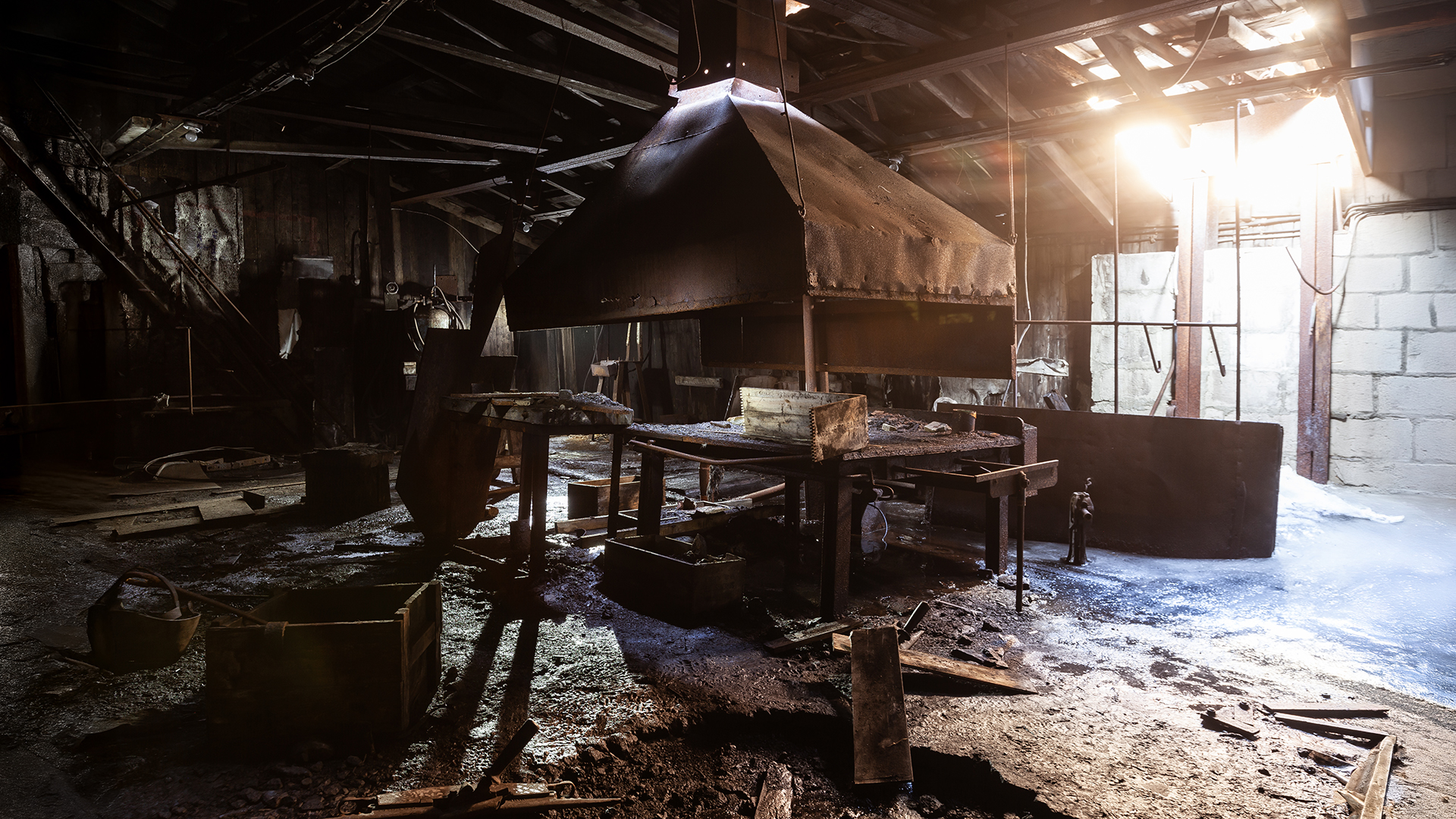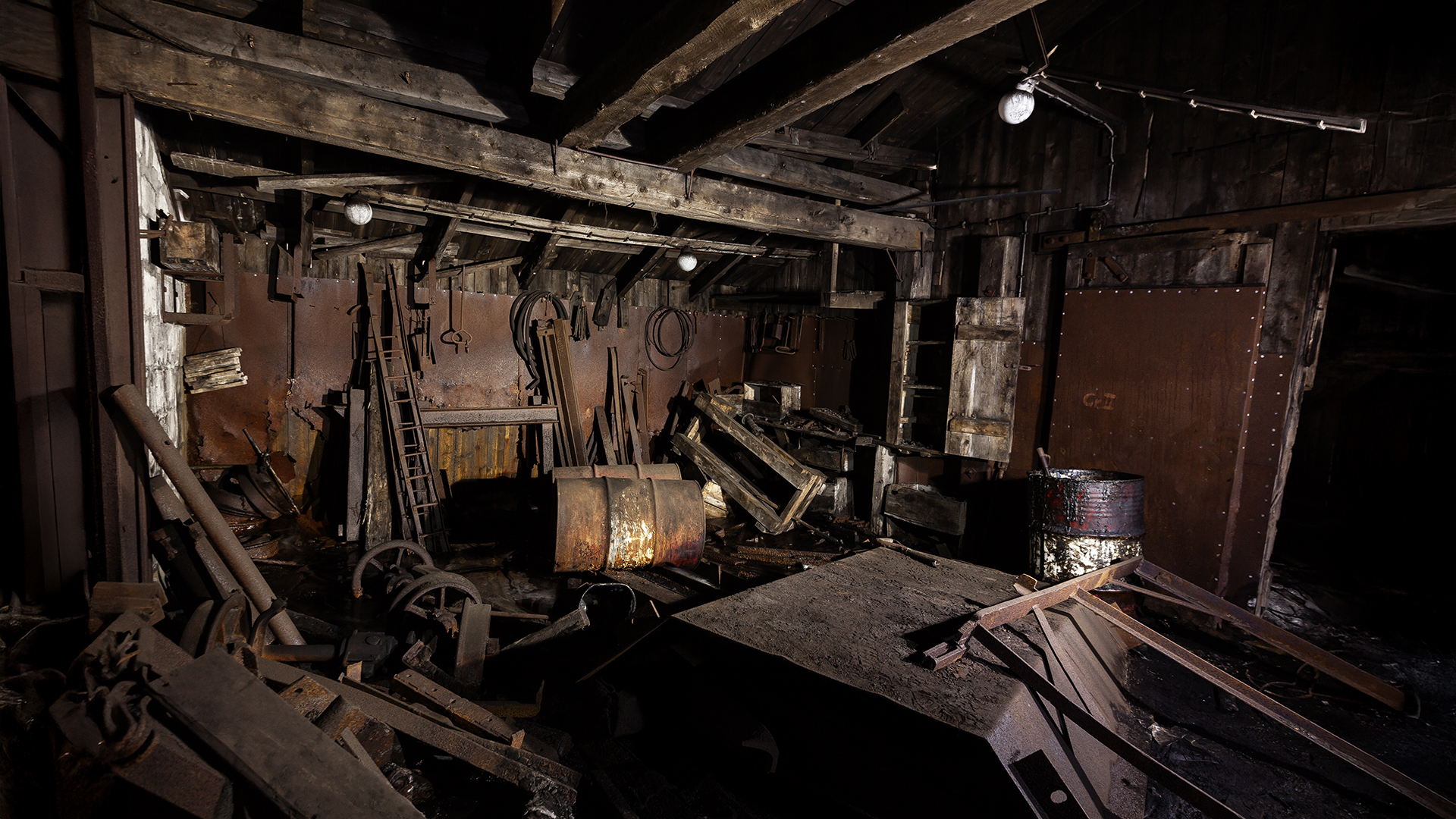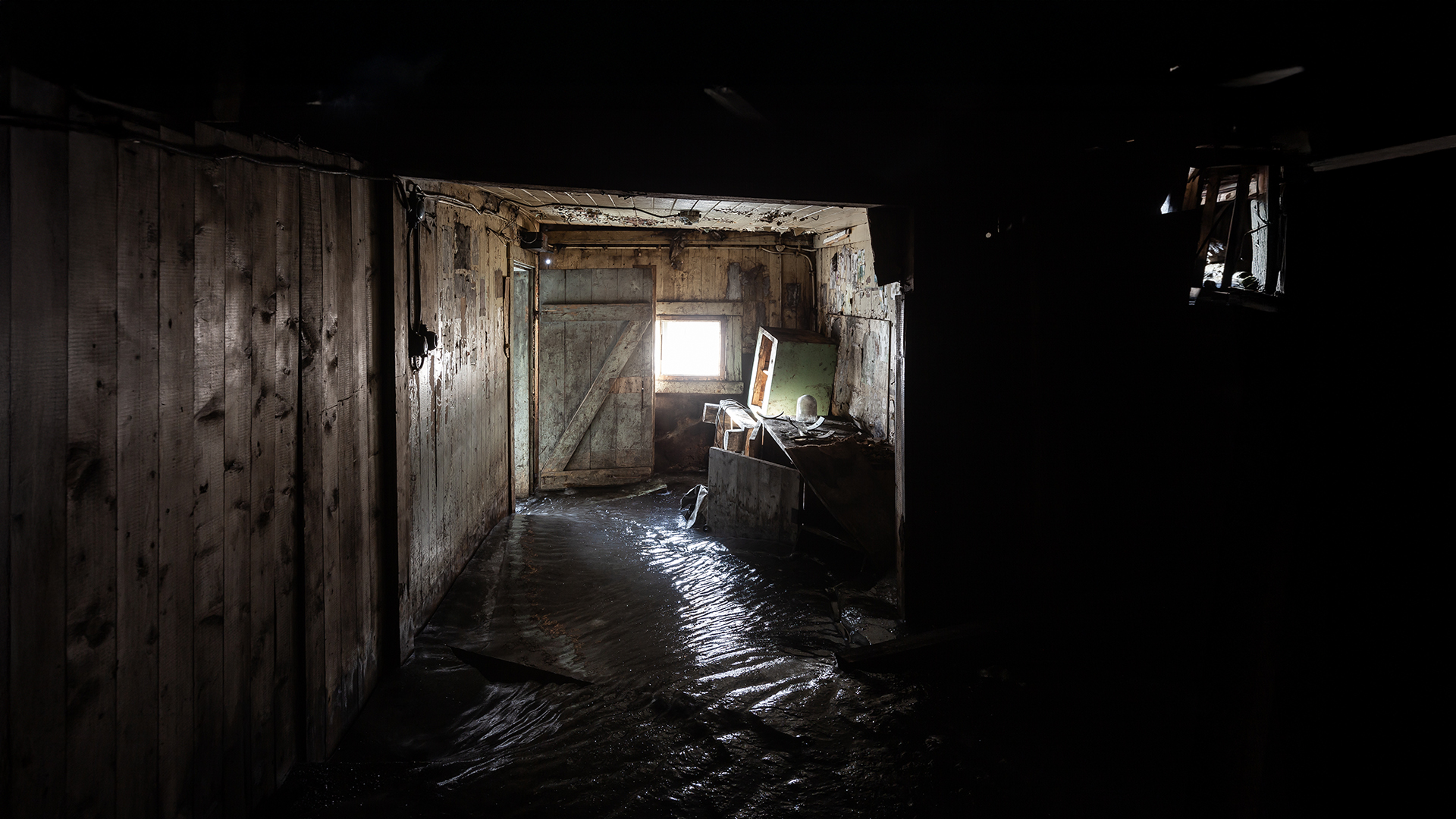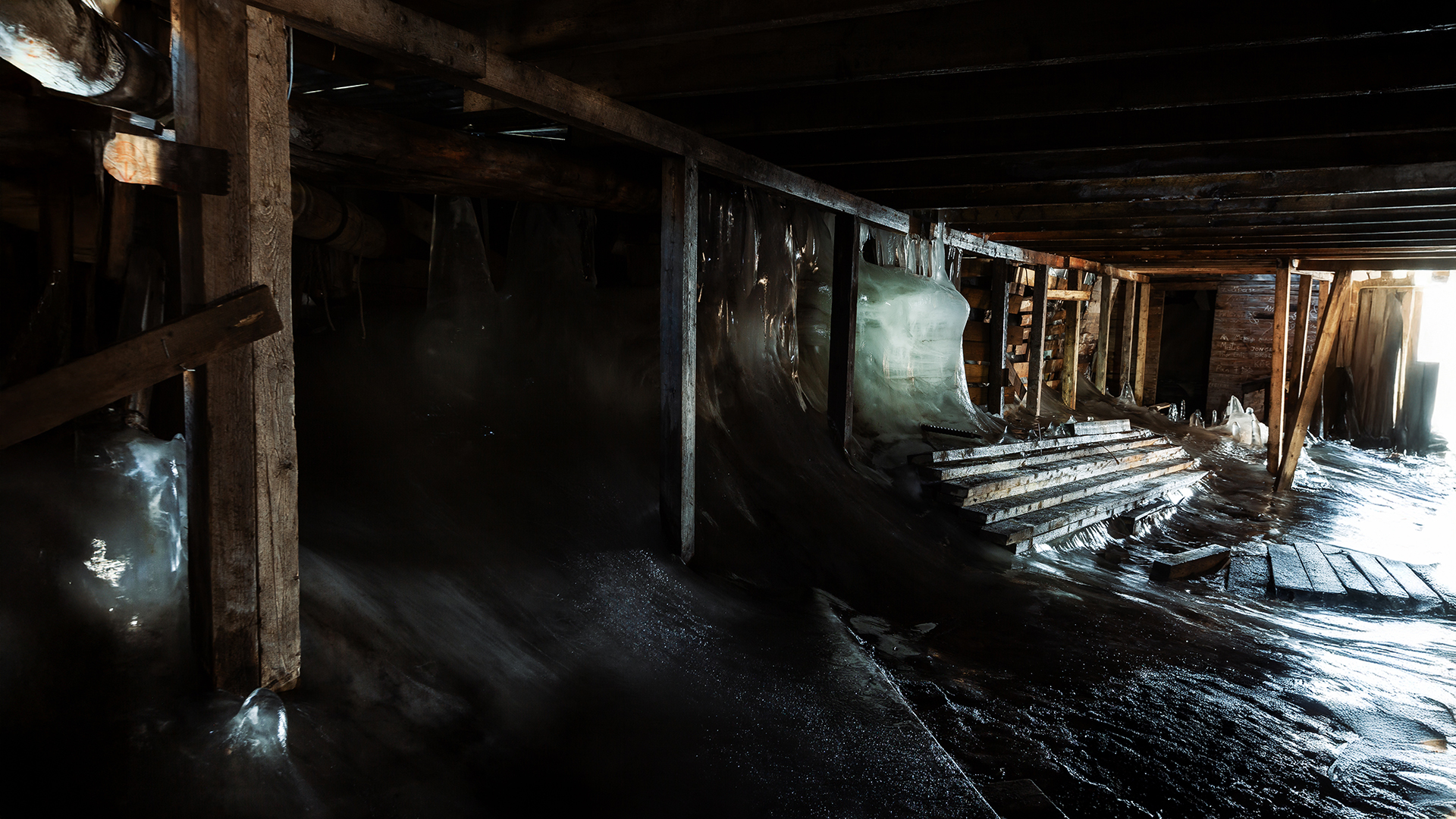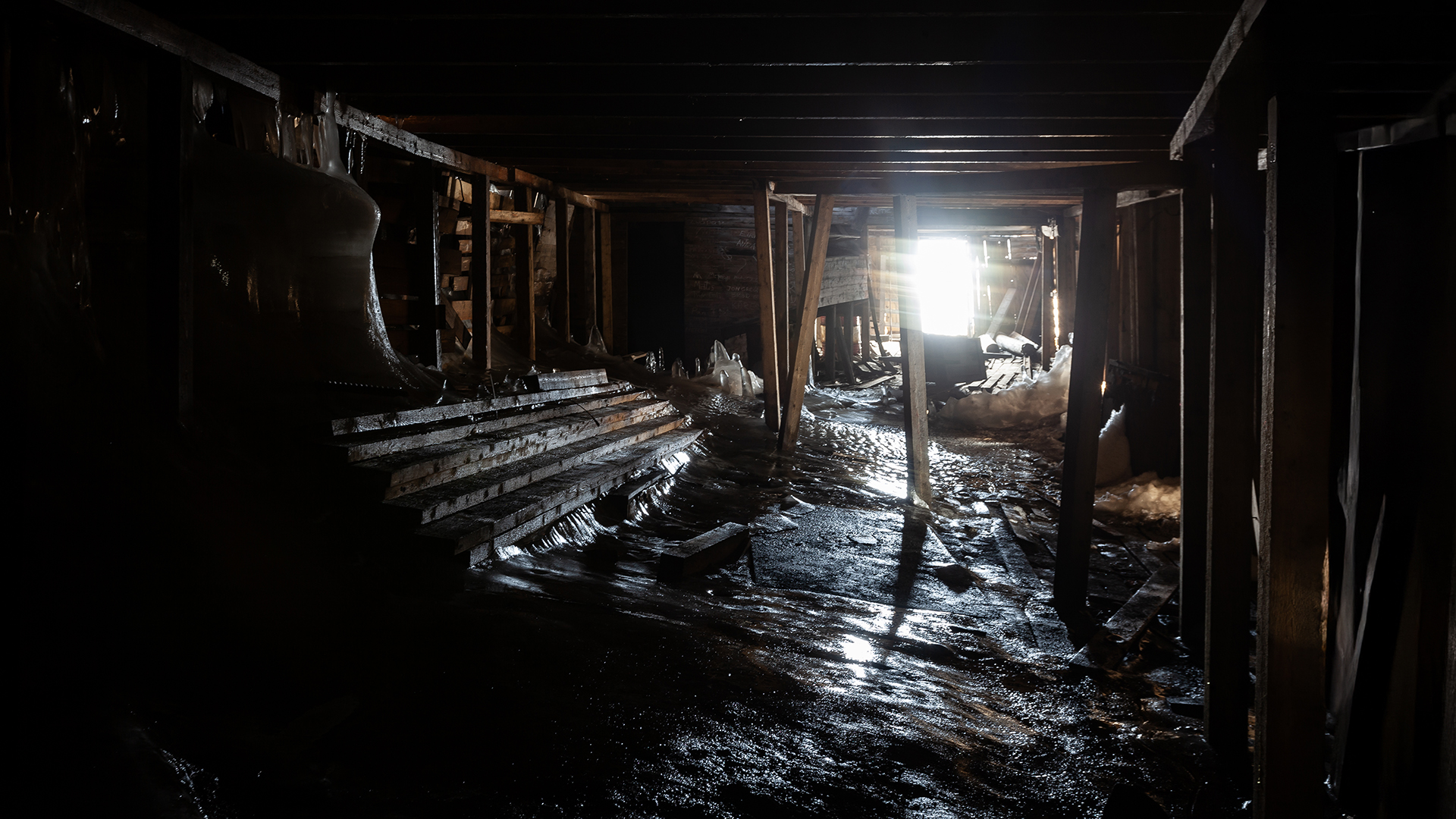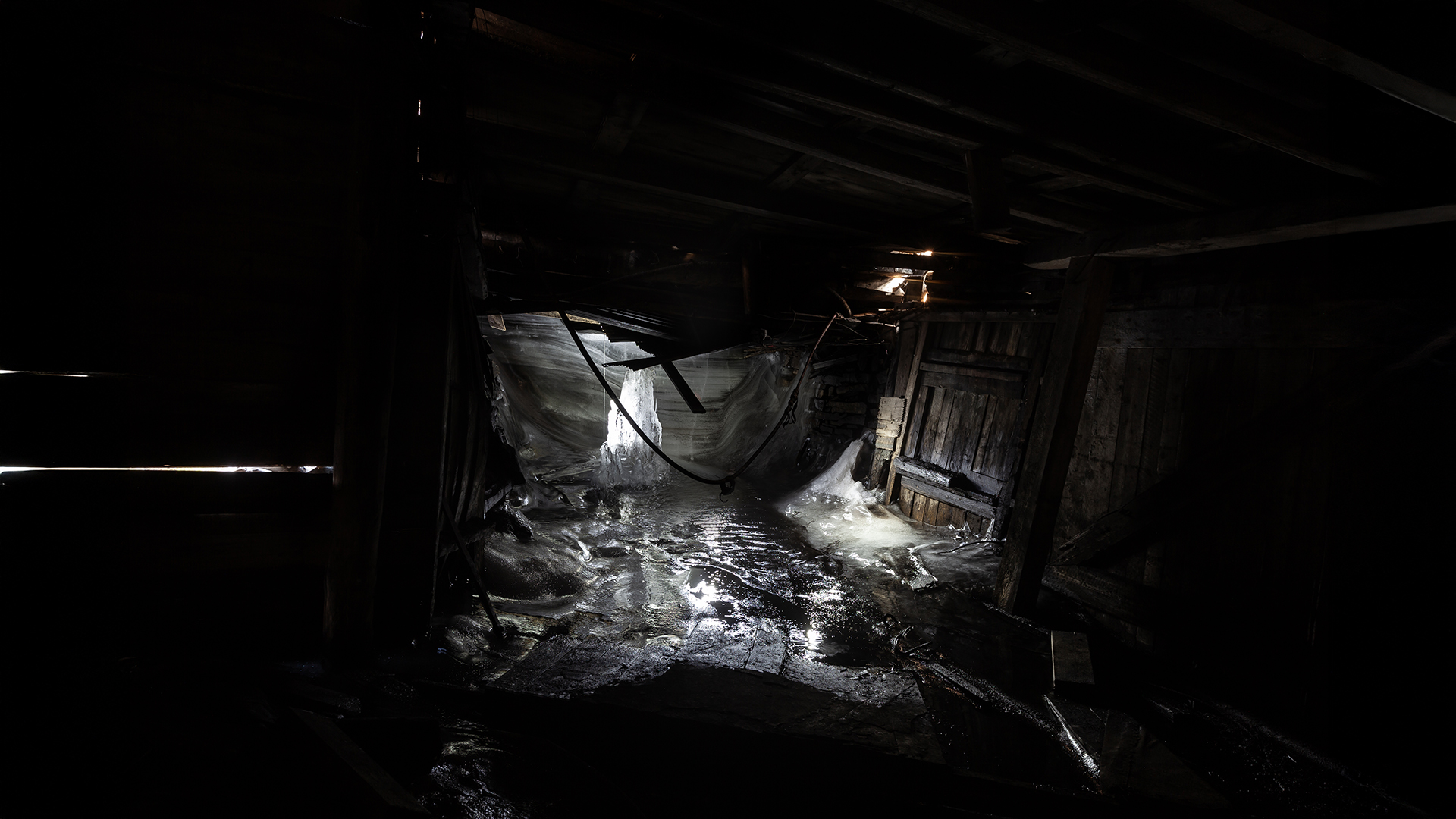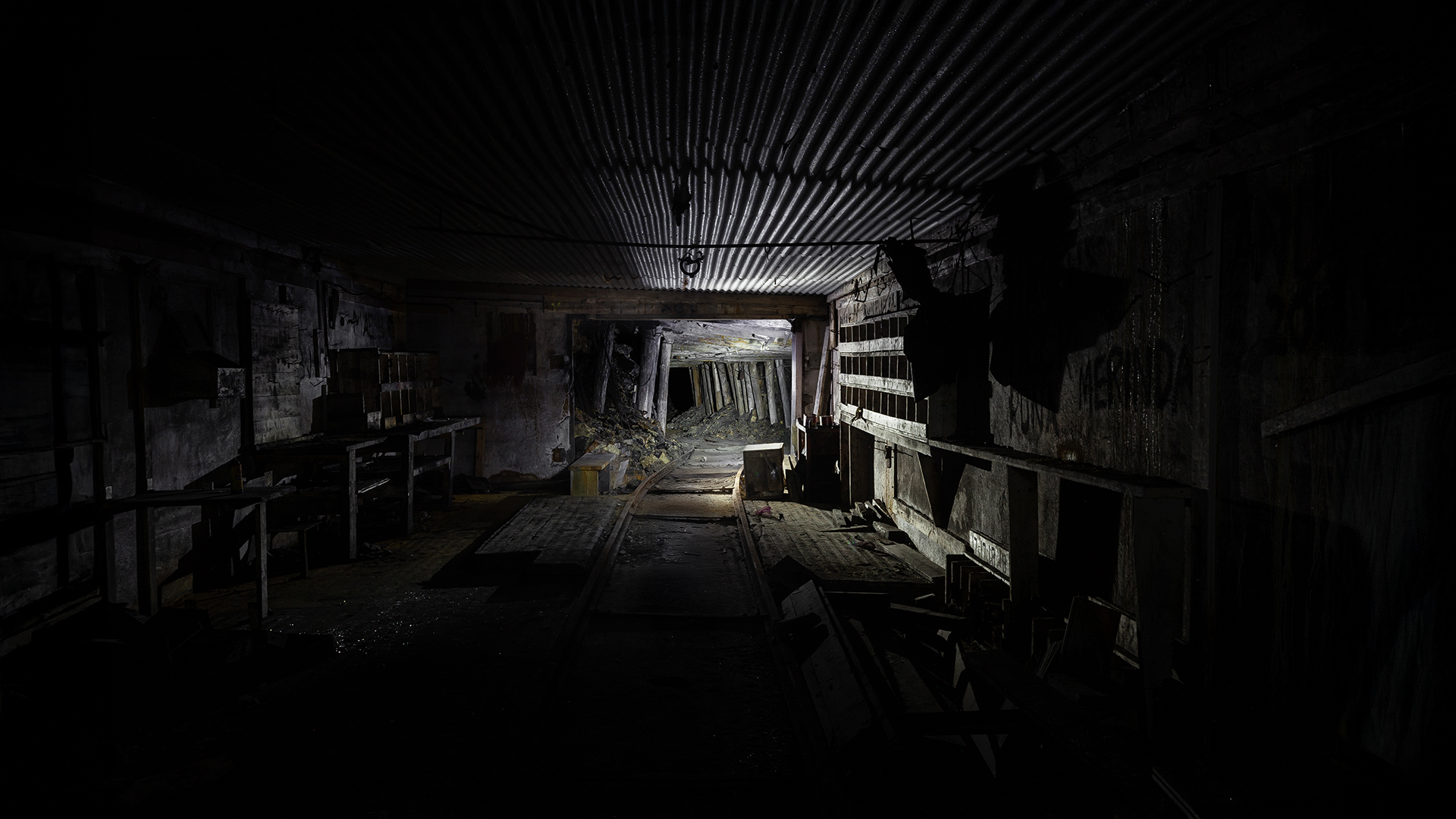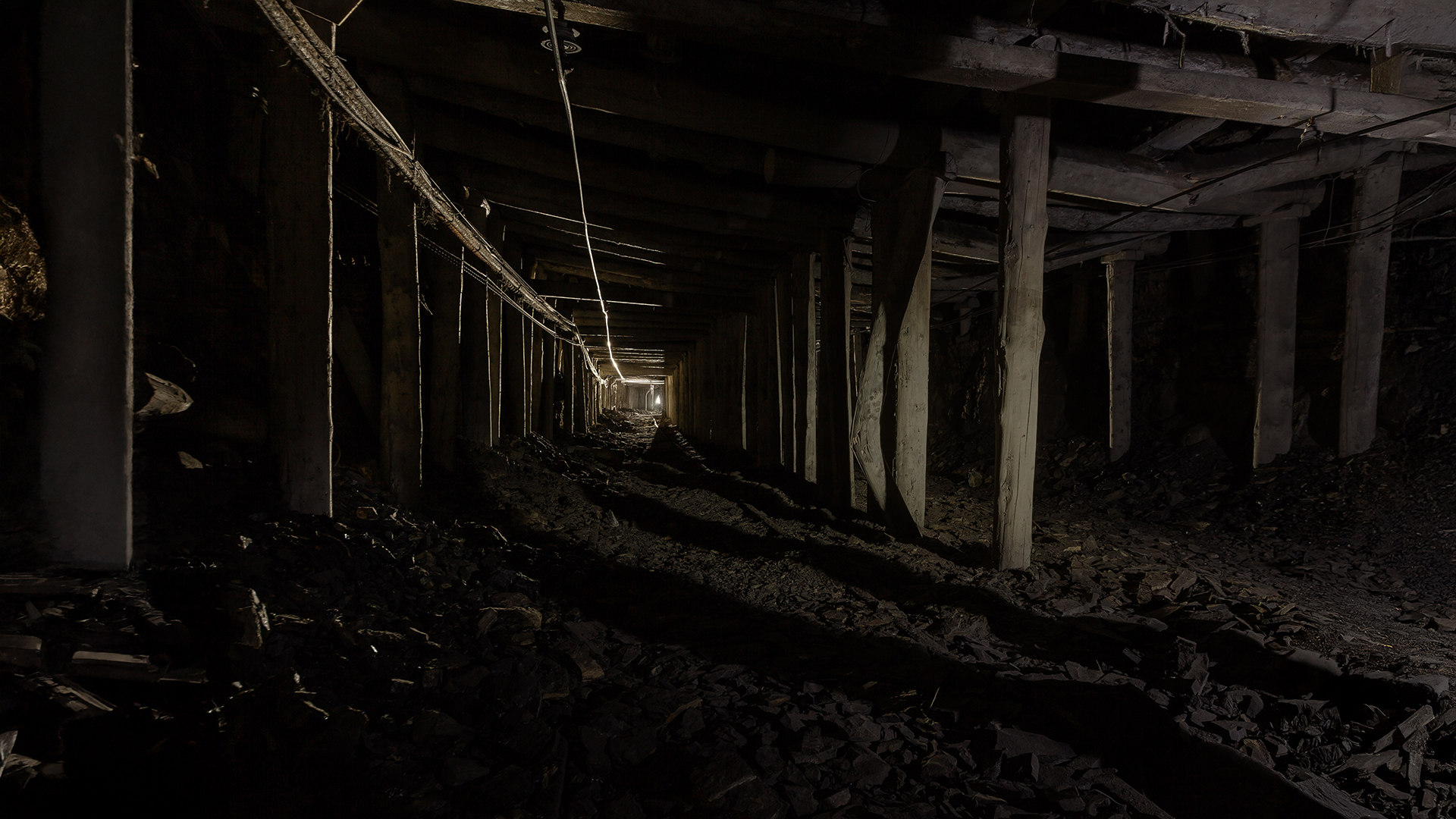EPISODE 3: Gruve 2
In the heart of the Arctic, between the European mainland 600 kilometers to the south and the North Pole 1,000 kilometers further north, lies the remote archipelago of Svalbard. Over 400 islands, shaped by massive glaciers and fjords that cut deep into the land, form a landscape where polar bears dominate—not only in numbers. A wilderness without roads, cars, or trees, where leaving the settlement is only permitted with a rifle.
It was here, in this harsh and fascinating frontier, that I embarked on a journey with a friend during the summers of 2015 and 2016, taking us deep into Svalbard's history and wilderness.
Our goal: to explore and document the remnants of Svalbard's illustrious mining past.
In this episode, I recount how we explored the so-called "Santa Claus Mine" in Longyearbyen—a deserted coal mine that, according to legend, serves as Santa's summer residence. Despite the steep climb and icy conditions, we found no trace of Santa Claus but did discover intriguing relics of mining history.
Date
15.07.2015
Location
Longyearbyen, Svlabard
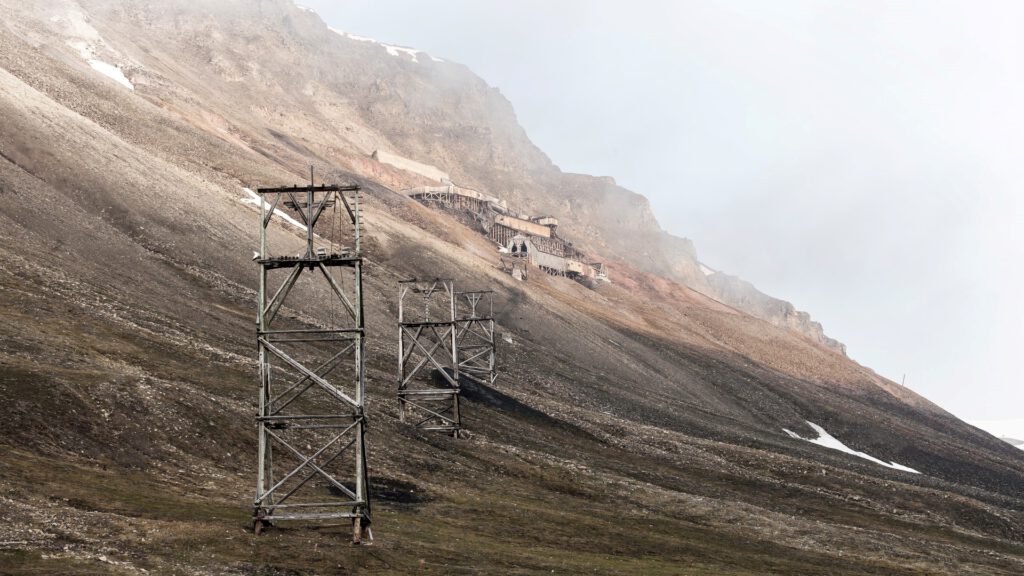
When walking through Longyearbyen, you’ll encounter traces of its coal mining past at every corner. From sooty chunks of coal in the roadside ditches to rusty steel structures that once supported mine shafts and cableways—these remnants still hint at the original purpose of the town. One such trace is an old coal mine with the rather unremarkable name “Mine Number 2.” It is located on one of the steep mountainsides that enclose the town on three sides, towering 250 meters above the settlement.
The locals call it the Santa Claus Mine. According to a local legend, it serves as Santa’s summer home. During the Christmas season, a mailbox is placed below the mine, allowing children to send their letters to Santa in the hope that he will descend from the mine and grant their wishes. However, this legend is likely quite old, as the building at the mine entrance now looks more like the hideout of a shady villain than the cozy holiday retreat of Santa Claus.
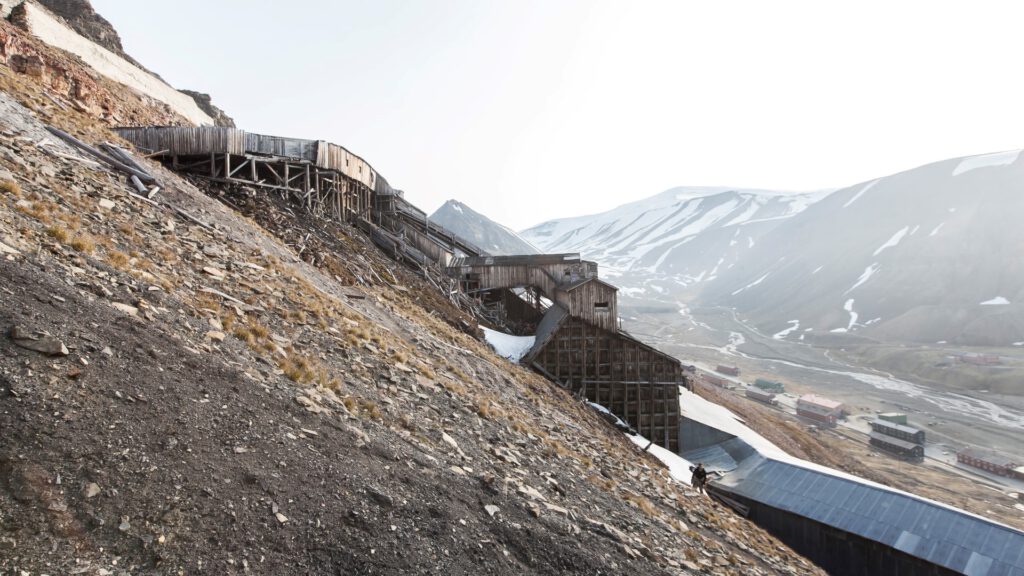
| History |
| Mine 2 was opened in 1913, achieved high production levels for several years, and eventually extended through the entire mountain massif. Coal was extracted from the deep shaft and transported to the harbor via cable cars. Remnants of this cable car system can still be found throughout the town. In 1937, the original entry point was closed, and a new entrance, “Mine 2b,” was opened further south. During World War II, Mine 2 became a target of the German Navy: in 1943, it was shelled and set on fire during “Operation Sizilien” by the battleship Scharnhorst. The fire continued to smolder into the 1960s. After the war, work began to resume operations in the mine despite the smoldering fire, and production restarted in 1947. Ventilation shafts and tunnel openings soon stretched through the entire mountain massif between Longyear Valley and Endalen. In January 1952, a gas explosion occurred in the mine, killing six men. From 1960 to 1964, production was halted due to the opening of Mine 5 and declining coal prices. Afterward, operations in Mine 2 resumed for a short time, until the mine was permanently closed in the winter of 1967/68. |
The steep climb over loose gravel and slippery mud is a challenge—a free fitness program of the more rustic variety. But the effort is well worth it: upon reaching the entrance, you’re rewarded with a spectacular view of the bay and, well, the mine itself.
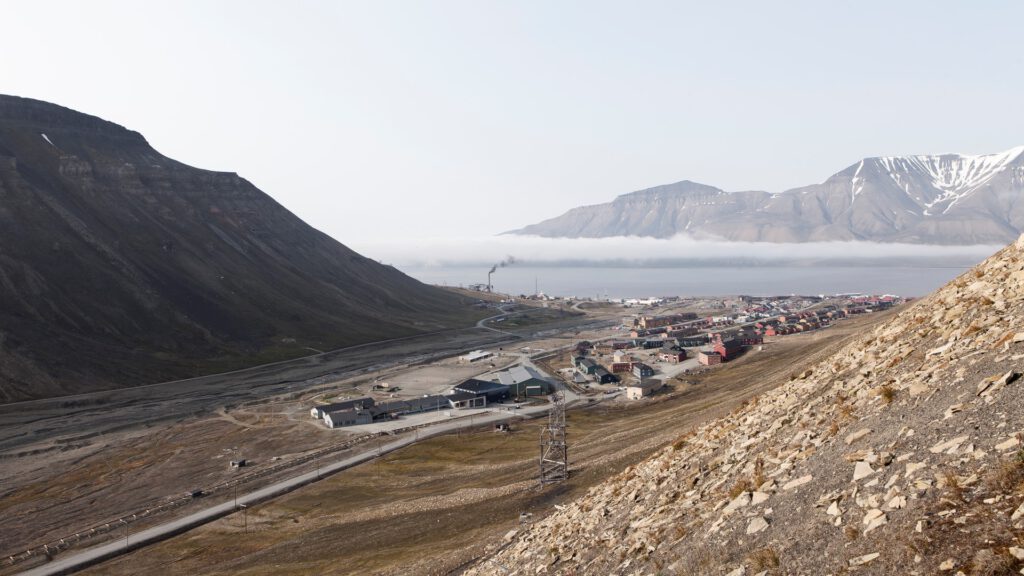
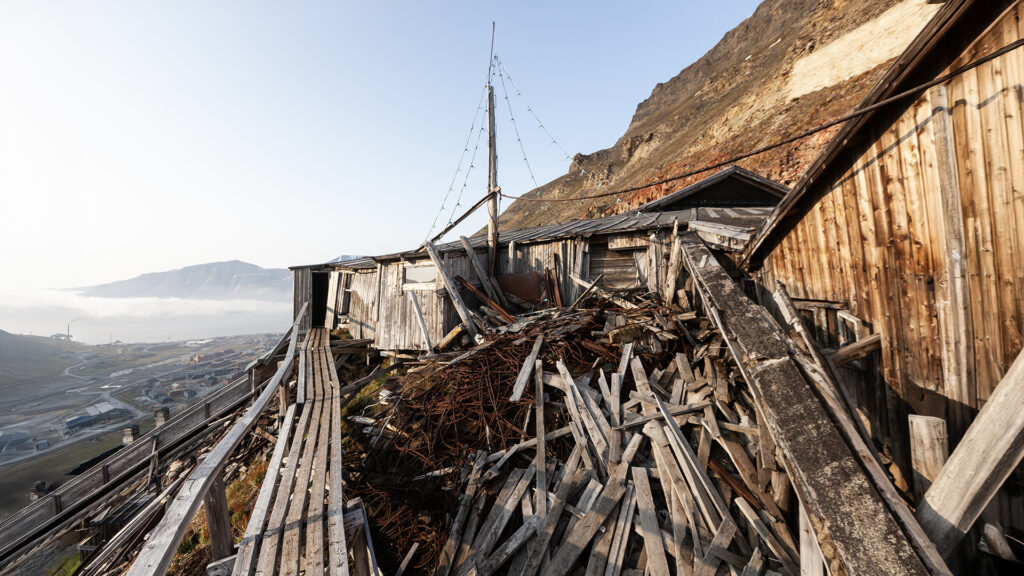
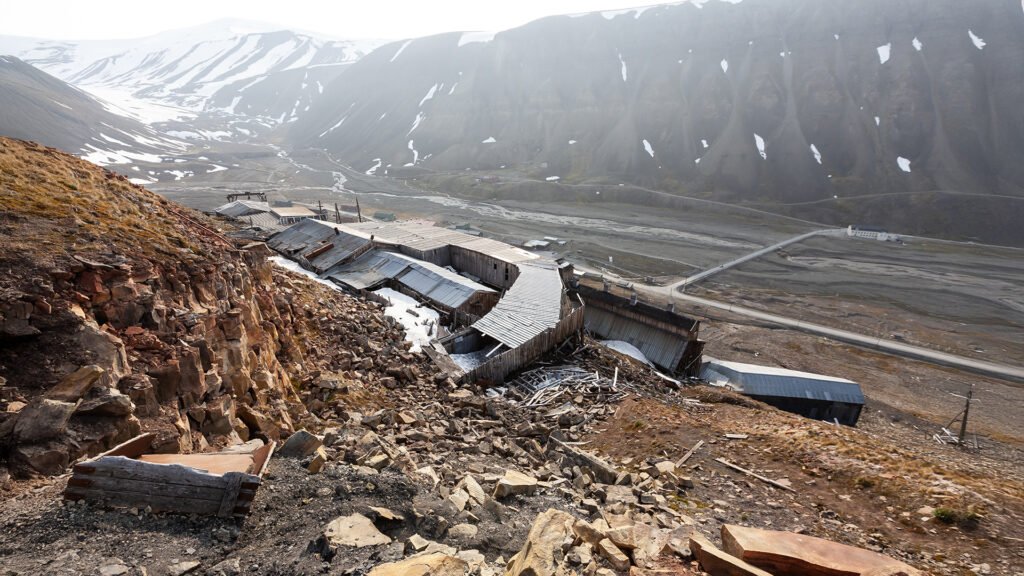
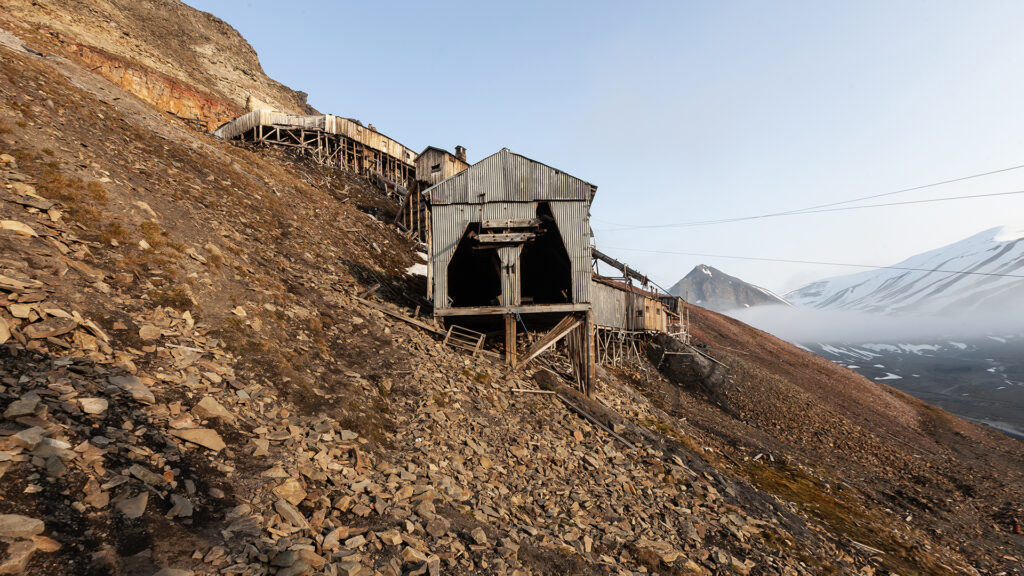
The building at the entrance of the mine once housed workshops, offices, and coal silos where the coal was loaded onto cable cars. Among the debris, snow, and ice, tools and personal belongings of the miners can still be found—but no sign of Santa Claus. Perhaps he’s sold his summer home by now?
Normally, the entrances to mine tunnels in this region freeze over quickly once a mine is abandoned, making entry impossible. But I got lucky: after about an hour of exploring the area near the entrance, I discovered one of the access points was still open. A small gap between the ice and the ceiling allowed just enough room to squeeze through. However, caution is advised—if you’re not as agile as a snake or struggle with claustrophobia, this path is best avoided.
The interior of the mine was in even worse condition than the entrance area. Workshops and tunnels were either severely damaged or had already collapsed under the mountain’s pressure. Exploring the mine felt like navigating a dangerous obstacle course in a dark labyrinth—thrilling, but rather short. After about 20 minutes, I had explored all the remaining accessible tunnels and decided to return to safer ground.
Santa’s summer home? Perhaps—or simply the storage site where he stocks up on coal for the naughty kids.
Arctic Coal Episode Index
Links and Information:
History:
- Longyearbyen – Wikipedia: Provides a comprehensive overview of the history of Longyearbyen, including details about coal mining and the various mines.
Wikipedia - Gruve 2b Mine, Longyear Valley, Longyearbyen, Spitsbergen, Svalbard, Norway: Describes the history of Mine 2b, also known as “Julenissegruva” or “Santa Claus Mine,” and its significance to the local community.
Mindat
Santa Claus Legend:
- A legend says Santa Claus lives on in a mine on Svalbard: Explains the local legend that Santa Claus lives in an abandoned mine on Svalbard and describes the traditions of the Longyearbyen community.
9News - Longyearbyen: where Santa Claus lives in the mine | Berlinering: Details the local story that Santa Claus resides in the abandoned Mine 2b in Longyearbyen and describes the associated customs.
Berlinering - Christmas in Longyearbyen – Visit Svalbard: Describes Christmas traditions in Longyearbyen, including the custom of children placing their wish lists in a mailbox below the “Santa Claus Mine.”
Visit Svalbard
4o
